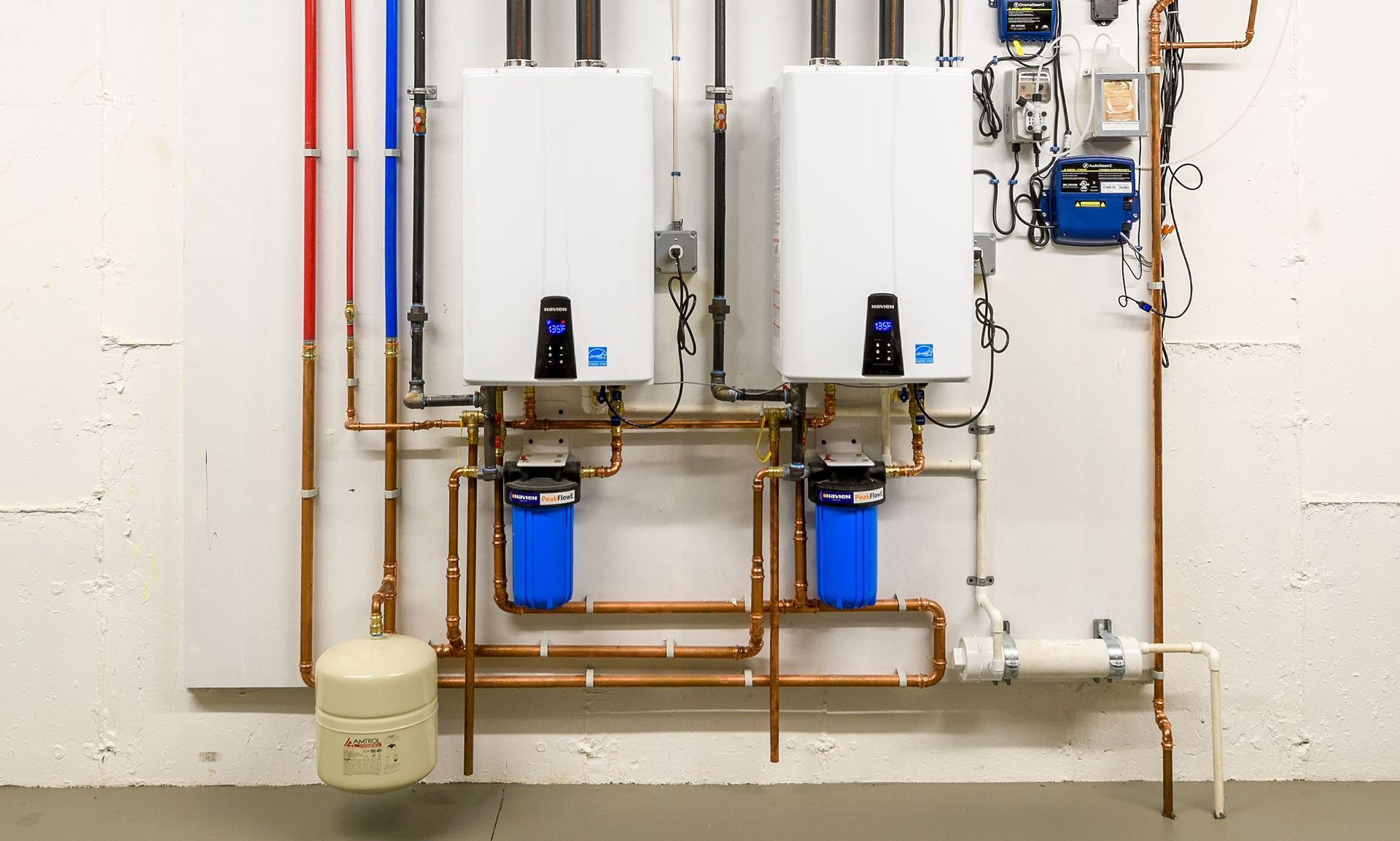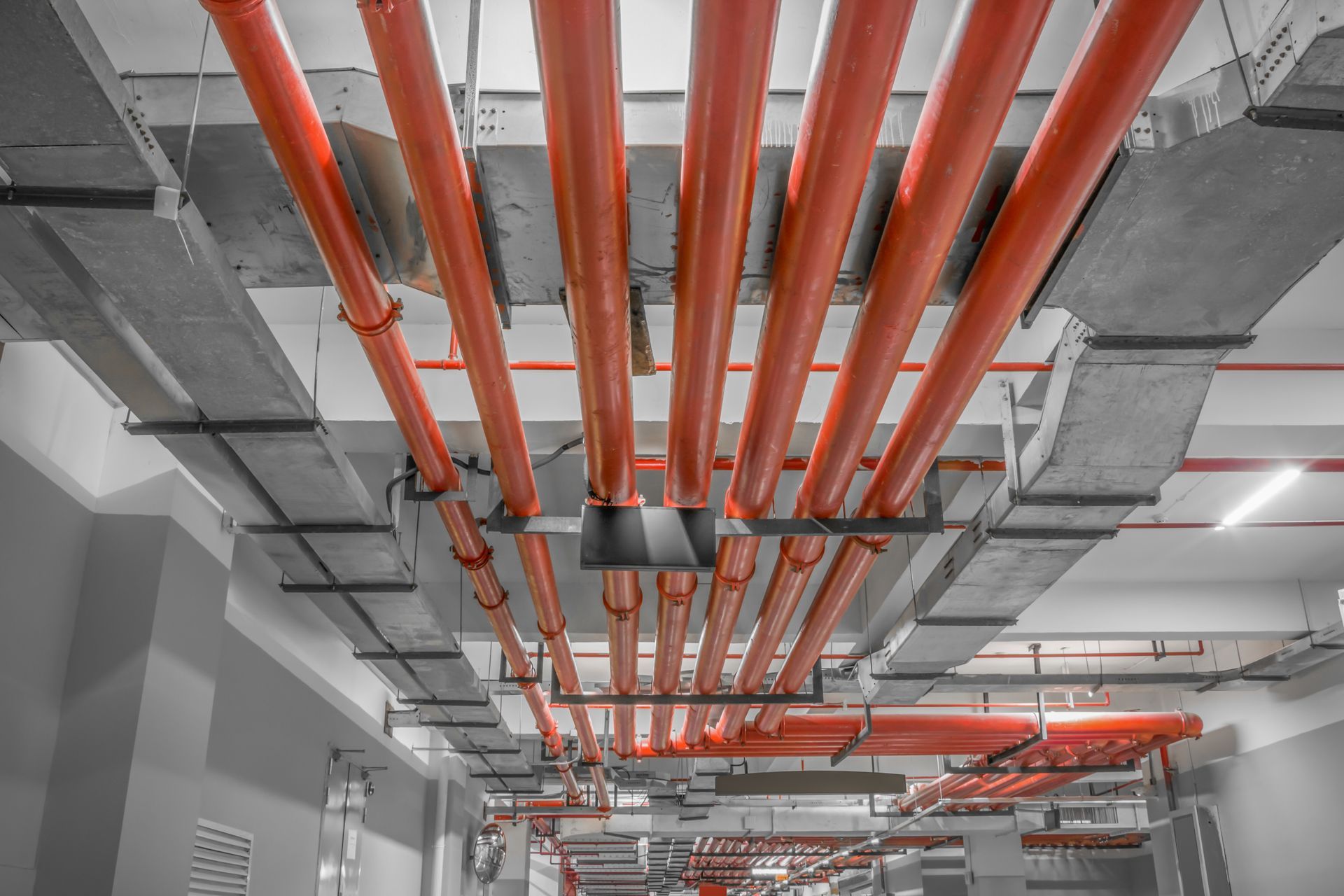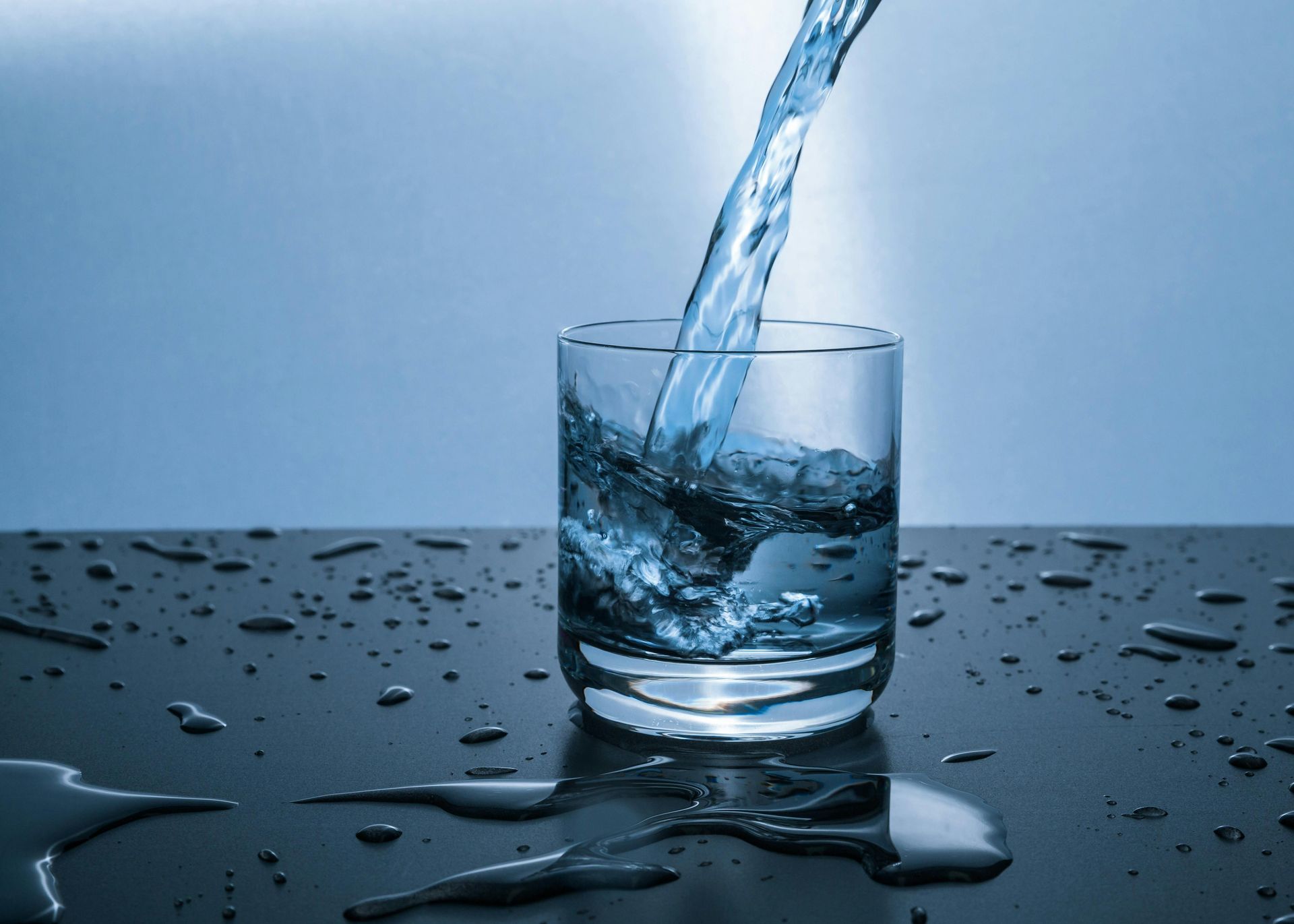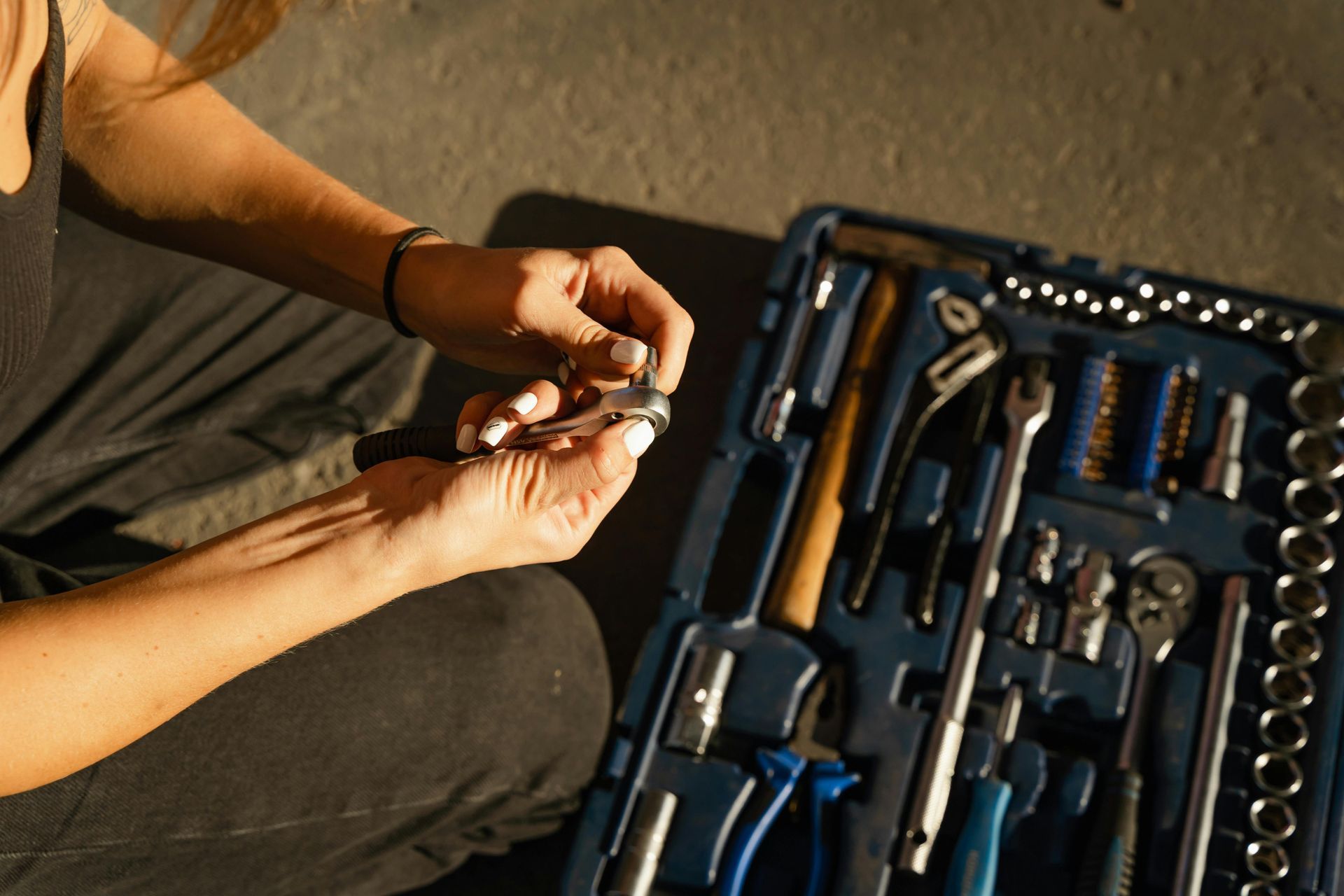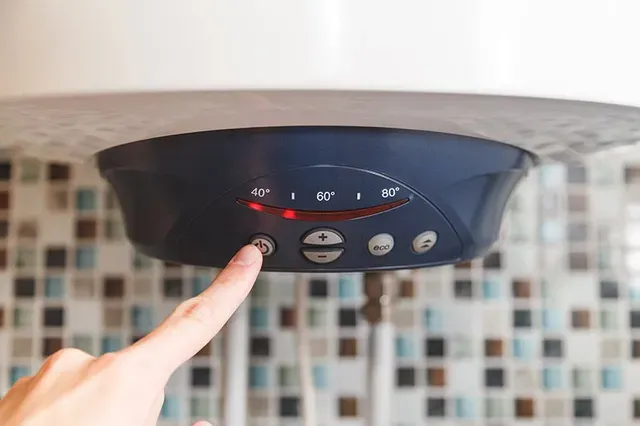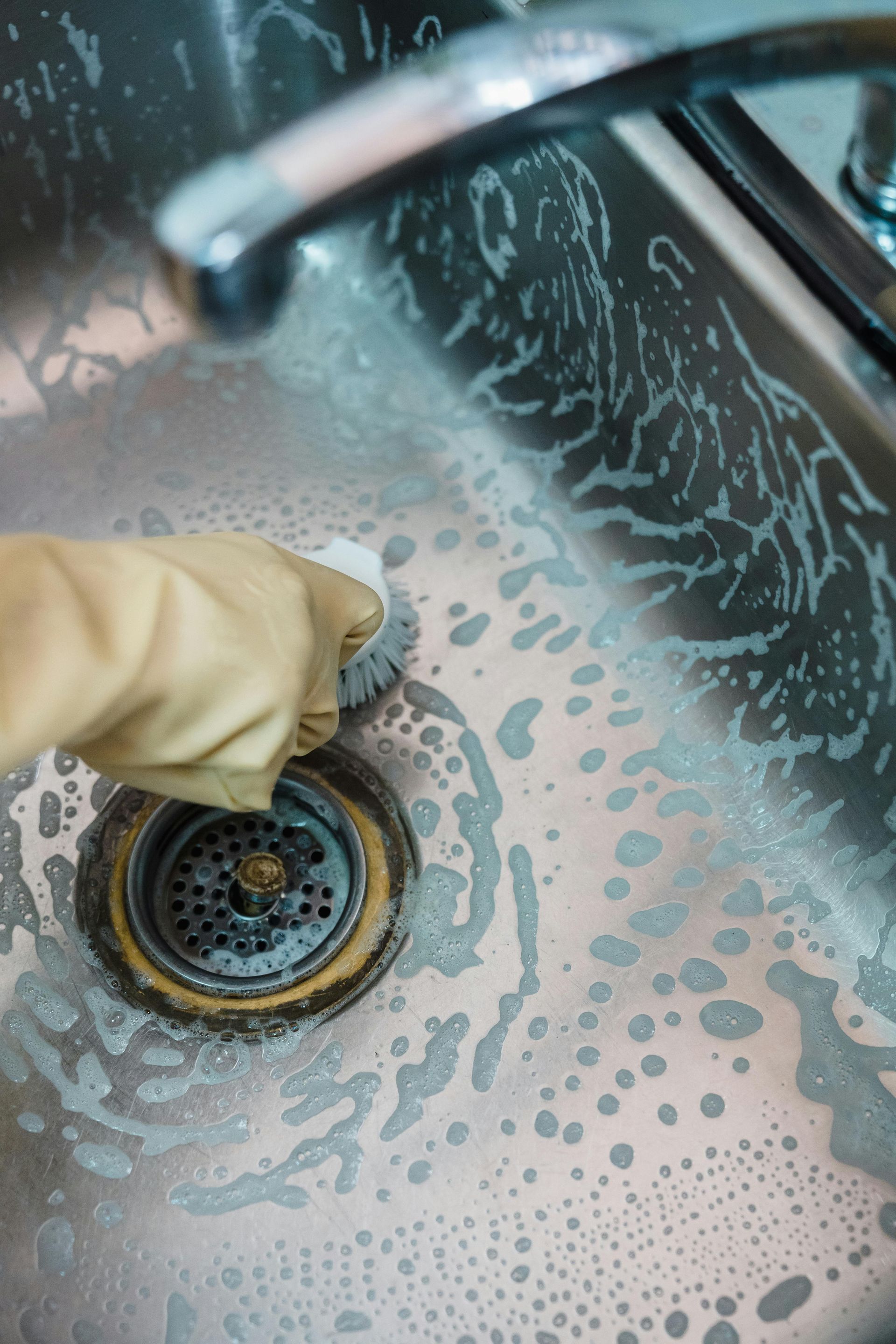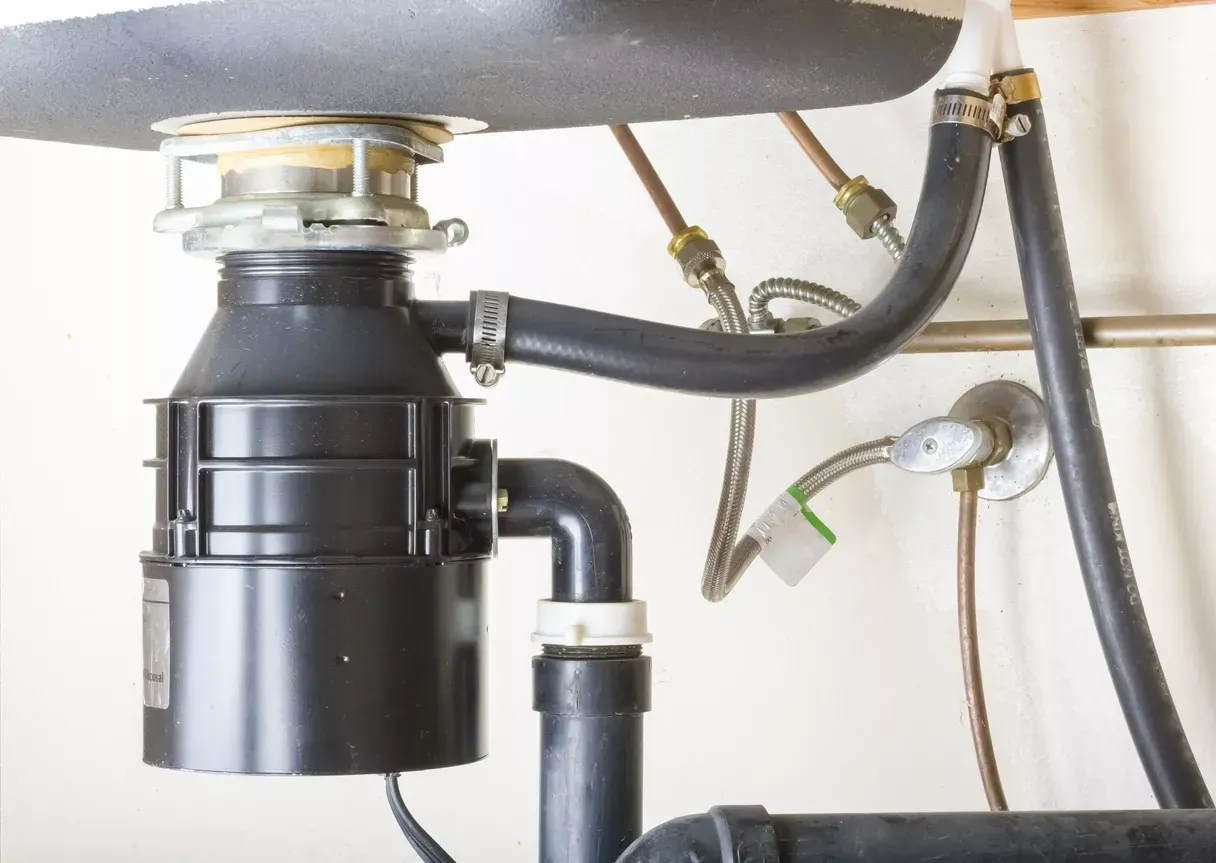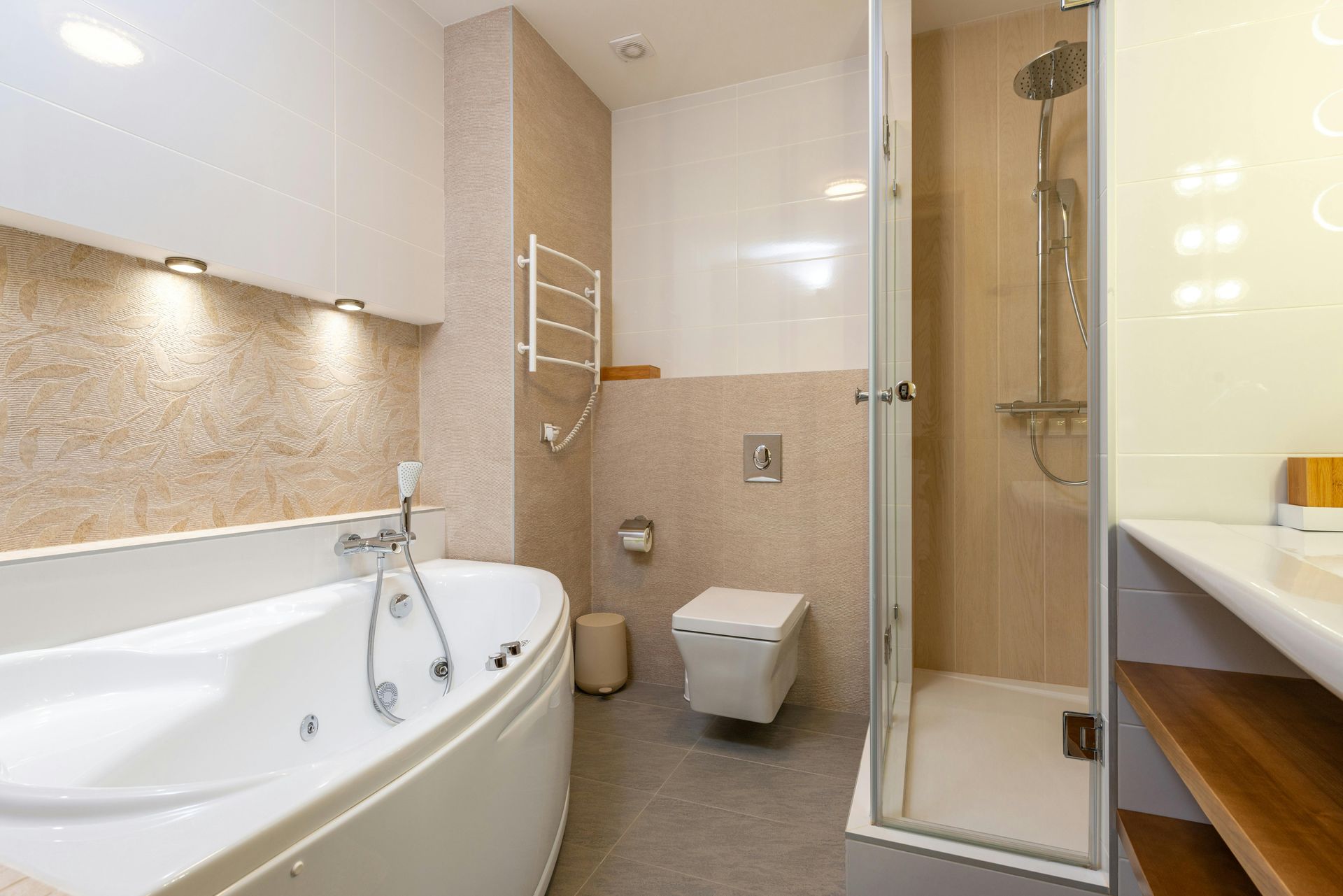How to Fix a Slow Draining Bathtub - Effective Solutions
Is there anything more frustrating than standing ankle-deep in water during a shower or bath because your bathtub drains slowly? A slow draining bathtub not only disrupts your daily routine but can also lead to potential plumbing issues if left unresolved. Fortunately, addressing this common problem doesn’t always require calling a plumber right away. With a few simple methods and basic tools, you can often restore proper drainage yourself. In this guide, we'll explore practical solutions to help you tackle the issue effectively. Whether it’s using a plunger, natural cleaners like baking soda and vinegar, or employing a drain snake, we’ve got you covered.
Let’s dive into how you can regain that refreshing, fast-draining bathtub you deserve.
You can reach out to us for drain clearing services!
Understanding the Causes of a Slow Draining Bathtub
Slow drainage in bathtubs can stem from various common issues, each requiring specific remedies. Here are the primary causes to consider:
- Hair Buildup: Hair is a major culprit in bathtub drains, accumulating over time and trapping other debris.
- Soap Scum: Residue from soap and body oils can accumulate inside pipes, narrowing the passage for water flow.
- Mineral Deposits: Hard water can leave mineral deposits inside pipes, reducing drainage efficiency.
- Foreign Objects: Small objects like jewelry or bottle caps can accidentally fall into the drain, causing blockages.
- Improper Slope or Venting: If the plumbing system isn't correctly sloped or vented, it can lead to slow drainage.
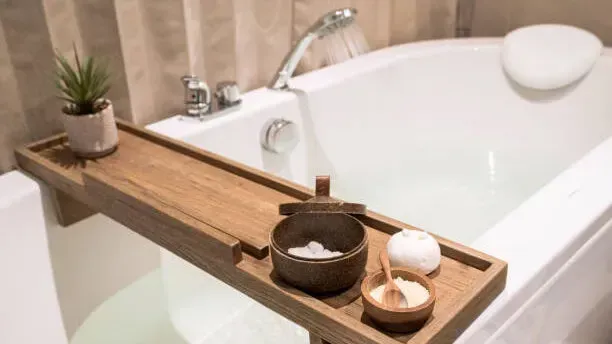
Tools:
- Measuring Cup or Scoop: For accurate measurement of baking soda and vinegar.
- Plug or Cloth: To cover the drain and contain the fizzing action.
- Plunger (Optional): Useful for additional force if the clog persists.
Materials:
- Baking Soda: Approximately 1 cup.
- Vinegar: Approximately 1 cup.
- Hot Water: To flush the drain after treatment.
Baking Soda and Vinegar
Using baking soda and vinegar is a natural and effective method to clear a slow-draining bathtub. Here's how to do it:
- Pour Baking Soda: Start by pouring about a cup of baking soda directly into the drain.
- Add Vinegar: Follow the baking soda with a cup of vinegar. You'll notice fizzing and bubbling, which helps to break down residue and debris.
- Cover the Drain: Quickly cover the drain with a plug or a cloth to contain the fizzing action inside the drain.
- Let It Sit: Allow the mixture to sit in the drain for about 15-30 minutes. This gives it time to work on loosening the clog.
- Flush with Hot Water: After the waiting period, remove the cover and flush the drain with hot water. The hot water helps to wash away any remaining debris.
Using a Drain Snake
Insert the Snake: Carefully insert the end of the drain snake into the drain opening. Slowly feed the snake into the drain while turning the handle clockwise.
Navigate the Drain: Continue pushing the snake down the drain until you feel resistance or until it reaches the blockage. Use gentle pressure to maneuver the snake around bends in the pipe.
Break Up the Clog: Once you reach the blockage, rotate the snake handle to break up the clog. Avoid forcing the snake to prevent damage to the pipes.
Remove the Snake: Slowly retract the snake from the drain while continuing to rotate the handle. Clean off any debris or residue from the snake as you pull it out.
Removing and Cleaning the Stopper:
Locate the Stopper: Depending on your sink type, the stopper may be accessible through an access panel underneath the sink or by unscrewing the drain cover.
Remove Debris: Clear any visible debris or hair around the stopper. Use a pair of tweezers or a small brush to clean the area thoroughly.
Unscrew or Lift: If your stopper has a visible screw, unscrew it using a screwdriver. For other types, lift the stopper straight up or twist and pull it out gently.
Clean the Stopper: Wash the stopper with warm water and soap to remove any grime or buildup. Use an old toothbrush to scrub hard-to-reach areas.
Inspect and Reinstall: Check the stopper for any damage or wear. If it's in good condition, reinstall it by reversing the removal steps. Ensure it sits securely in place.
Using a Plunger:
Position the Plunger: Place the plunger over the bathtub drain, ensuring it covers the entire opening to create a strong seal.
Add Water: If necessary, add enough water to the bathtub to submerge the plunger’s rim, enhancing the suction.
Plunge Vigorously: Push the plunger up and down rapidly to create pressure and suction that can dislodge the clog.
Check the Drain: After several plunges, remove the plunger and see if the water drains properly. If not, repeat the process a few more times.
Rinse with Hot Water: Once the clog is cleared, flush the drain with hot water to remove any remaining debris.
Using a Wire Hanger:
Straighten the Hanger: Unwind a wire hanger and straighten it out as much as possible, leaving a small hook on one end.
Insert the Hanger: Carefully insert the hooked end into the drain, gently maneuvering it to catch debris.
Pull Out Debris: Slowly pull the hanger out of the drain, bringing any trapped hair or gunk with it.
Repeat if Necessary: Continue inserting and removing the hanger until you’ve cleared as much debris as possible.
Flush with Water: Run hot water down the drain to ensure it’s completely clear and to wash away any remaining particles.
Commercial Drain Cleaners:
Read Instructions: Carefully read the instructions on the commercial drain cleaner packaging to ensure proper use.
Pour Cleaner into Drain: Following the directions, pour the recommended amount of drain cleaner into the bathtub drain.
Wait as Directed: Allow the cleaner to sit for the specified time, letting it work on breaking down the clog.
Flush with Water: After the waiting period, flush the drain with hot water to remove the cleaner and any dissolved debris.
Repeat if Necessary: If the clog persists, you may need to repeat the process or try a different method for more stubborn blockages.
Read here about how to fix a slow draining sink!
Conclusion:
Addressing a slow-draining bathtub involves identifying the cause and applying effective methods to clear the clog. By using common household items like baking soda and vinegar, a plunger, a wire hanger, or commercial drain cleaners, you can restore proper drainage and keep your bathtub functioning smoothly. Remember, regular maintenance and prompt action can prevent future clogs and ensure a hassle-free bathing experience.
For persistent drainage issues, contact All City Plumbers for professional drain cleaning services. Our experts can quickly and efficiently resolve any plumbing problems to keep your home in top condition.
